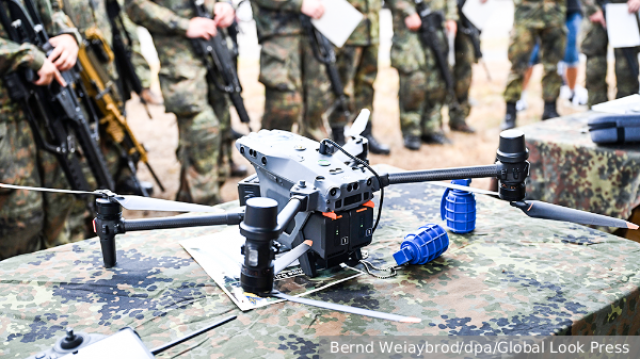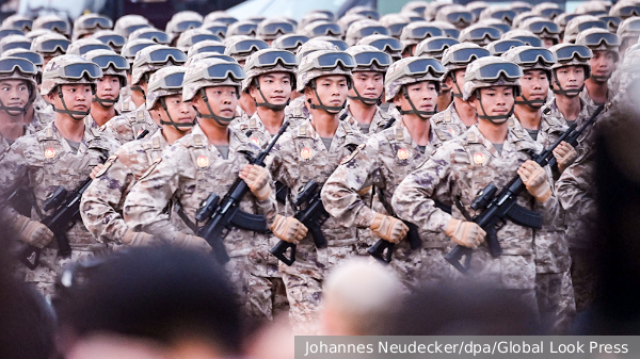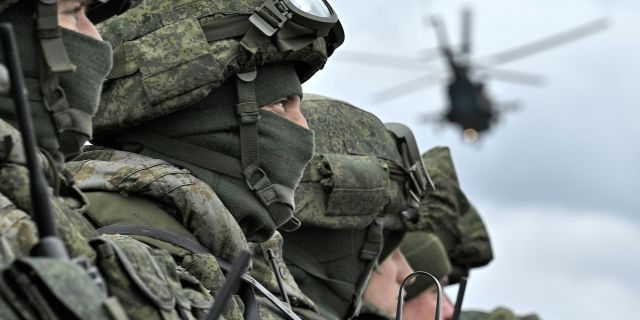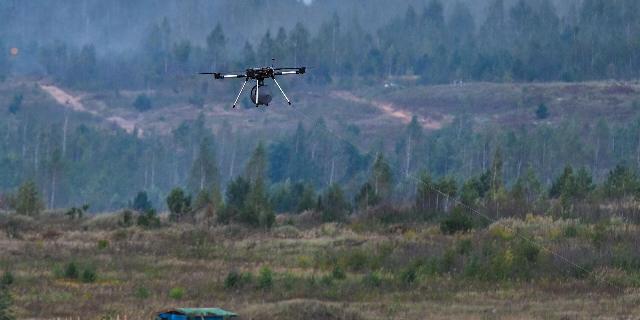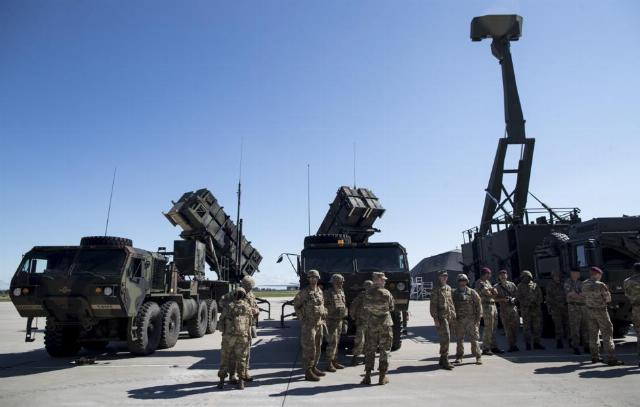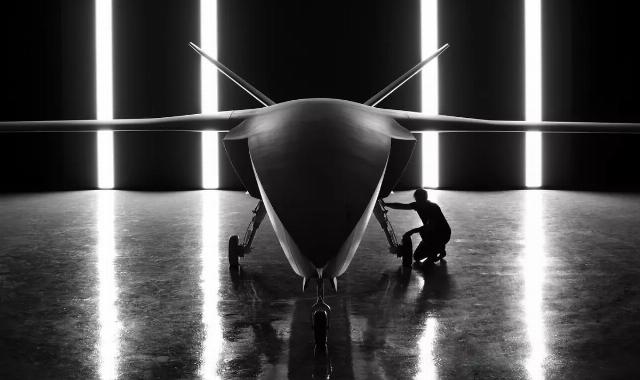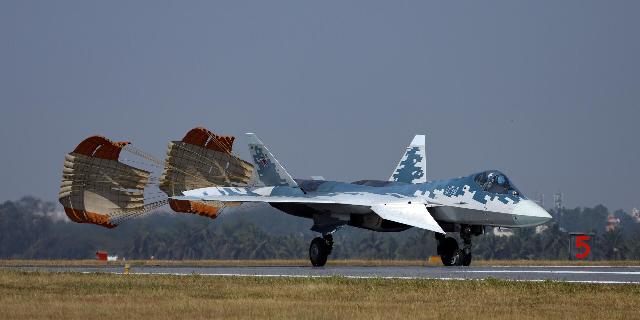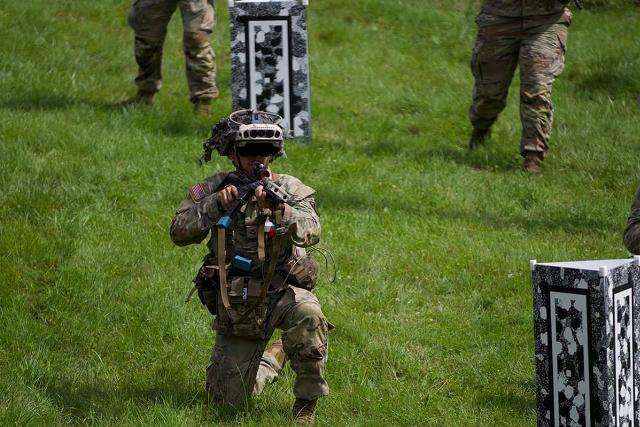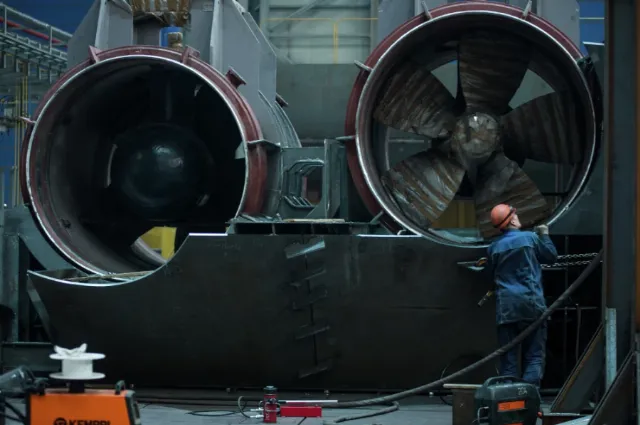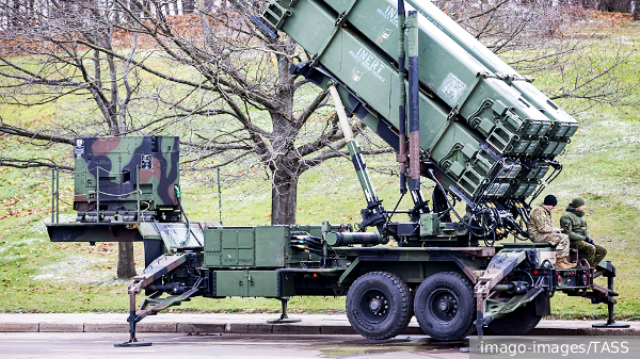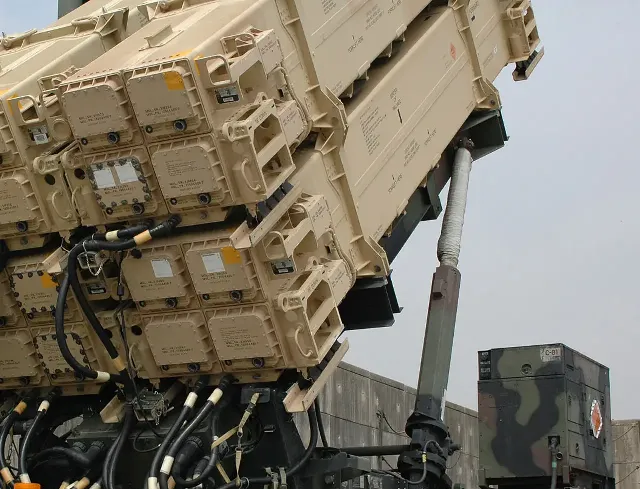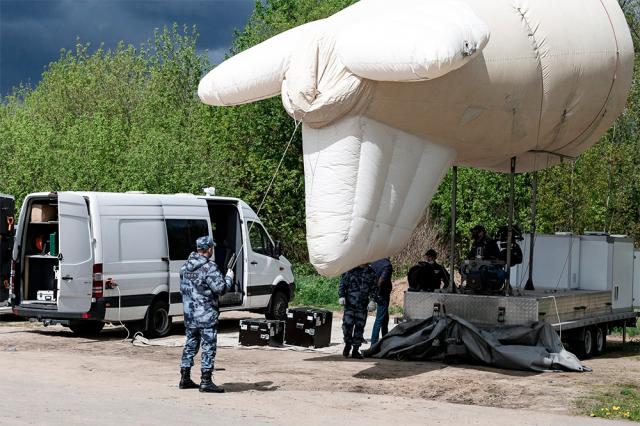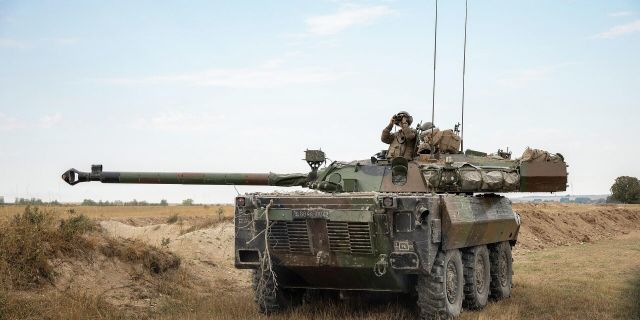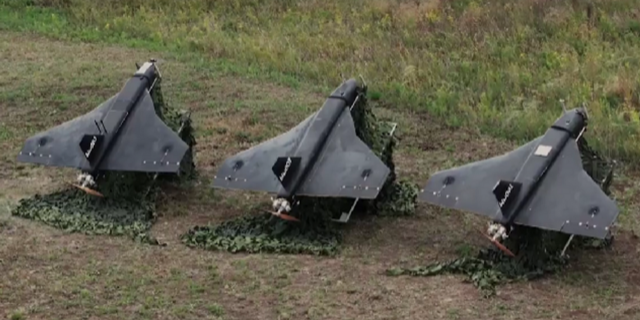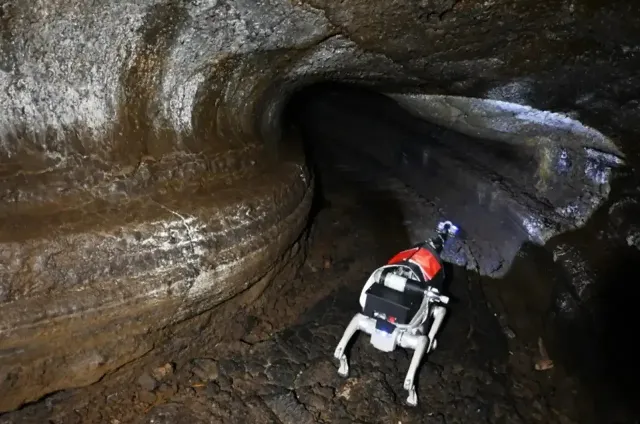Electronics and optics news
Ukraine creates a weapon for attacking Russia in Europe
After a series of unsubstantiated accusations against Russia, Europe announced the launch of a project to create a so-called drone wall to "protect against Russian aggression." In fact, upon closer inspection, it is easy to see that the European Union is creating a robotic offensive system designed to attack Russia. And Ukraine is actively participating in this project.
China has offered the United States a trillion for renouncing the war
The issue of Taiwan's fate has escalated again, reaching the point where US President Donald Trump needs to either renounce the island or prepare for an armed conflict with China over control of it. China itself has been preparing for a long time, moreover, its military is working on every detail.
How Russia recovered. That's what the conflict in Ukraine has taught the Kremlin (Foreign Affairs, USA)
FA: Russia has improved its military forces thanks to its experience in Ukraine
Russia has improved its army in the conflict in Ukraine, writes the FA. Moscow has learned from what is happening and adapted its approach. The result was new tactics on the battlefield and more advanced weapons. Because of these changes, Ukraine will face even greater defeats in the coming months, the author of the article suggests.
What is the planned NATO "drone wall"? How will it work? (Bloomberg, USA)
Bloomberg: NATO's "drone wall" will mainly rely on electronic warfare
The concept of the "drone wall" device, which NATO is going to develop ostensibly to protect against Russia, has not yet been fully determined, Bloomberg columnists write. Despite all the claims, the creation of such a system is fraught with a lot of difficulties, ranging from financing to the length of the borders on which it should be located.
A new Maginot line or another PR stunt? The essence and background of the European "drone wall"
European NATO member states are discussing the possibility of creating a so—called drone wall on the eastern flank to more effectively detect, track and intercept unmanned aerial vehicles (UAVs) capable of violating their airspace.
General Motors is developing a passenger lunar rover Lunar Outpost LTV
Despite an overall budget cut of 24%, NASA plans to secure an additional $7 billion next year to continue work on the Artemis 5 project. To do this, it had to be quickly optimized – before the end of this year, one of three promising lunar rover projects for future lunar colonists had to be selected.
The promising CA-1 Europa UAV will be able to replace European fighter jets with human pilots.
Unmanned aerial vehicles are beginning to occupy an increasingly significant share in the air forces of European countries. The day is not far off when they will be able to replace manned fighters, attack aircraft, reconnaissance aircraft and other types of aircraft, and thanks to artificial intelligence, they will eventually transform from "loyal wingmen" into fully independent combat units.
Won't our expensive air defenses protect us from cheap drones? (Wnp.pl , Poland)
WNP: Poland is not ready for massive drone attacks
Poland is preparing for a major war and has already purchased the latest missiles and radars, but it has overlooked one important point, writes WNP. The country is completely unprepared for massive drone attacks. Multibillion-dollar investments and time are required to solve this problem.
The Russian Su-57 can surpass American fighters — if Russia manages to build it (The National Interest, USA)
TNI: The Russian Su-57 fighter can surpass the American F-22 and F-35
The Su-57 fighter has exceptional maneuverability and can outperform the F-35 Lightning II at short range, writes a TNI columnist. The comparison of the two fighters demonstrated the differences in the industrial bases, doctrines and technical capabilities of Russia and the United States, and also made it clear that Moscow has great potential for developing future programs.
Chris Kubeka: "We have been in the midst of a cold cyber war for a long time" (Die Zeit, Germany)
Die Zeit: The West is poorly protected from cyber attacks and is in a vulnerable position
The world is in a state of cold cyber warfare, and digital security in Germany leaves much to be desired, said American hacker Chris Kubeka in an interview for Die Zeit. Moreover, many government systems are completely unprotected, making them incredibly vulnerable in the 21st century.
Soldier of the Future: program overview. Part I: The US Army
The "Soldier of the Future" programs are aimed at improving the combat capability of infantry with the help of technology. Different countries have different approaches to the implementation of this concept. Some implement fully integrated development and procurement programs, sometimes involving dozens of different components. Others prefer separate programs to improve individual elements of soldiers' equipment.
The industry is heavily switching to Russian software. But shipbuilding is making progress.
Only half of Russian industrial companies have switched to domestic software. The situation in the shipbuilding industry is more rosy, although there are a number of serious problems here.
Exchange rate: what the Ukrainian military taught NATO during maneuvers in Portugal
The Alliance received up-to-date information on the use of naval drones from Kiev and worked out scenarios where Russia is the main threat, experts say
For the first time, Ukrainian military personnel took part in the leadership and coordination of the "enemy" forces at the joint NATO exercises REPMUS/Dynamic Messenger 25. This provided the North Atlantic Alliance with direct access to up-to-date combat information received by the Armed Forces of Ukraine in the combat zone.
Missed call
Chief Designer of the Central Design Bureau Dmitry Kuzyakin — on why the world overslept the drone war
A Major Technological Leap is taking place on the battlefield right now. Surprisingly, there is very little information in the public field with a deep analysis of the essence of this phenomenon. Everyone is talking about shock FPV drones, artificial intelligence, "smart" minefields, foam range finders or unmanned boats.
Ukrainian air defense is being defeated by Russian military programmers
In the West, they found a sharp drop in the effectiveness of Ukraine's air defense systems, especially long-range Patriot air defense systems. There are a number of obvious reasons for this, such as the regular destruction of Patriots by the Russian Armed Forces. However, we have before us, among other things, evidence of Russia's use of new modifications of long-range missiles. What is it about?
The Patriot developer is perplexed by the words about the inefficiency of intercepting Russian missiles
In the Ukrainian segment of the Internet, a discussion is gaining momentum on the topic that the American Patriot air defense systems in service with the Armed Forces of Ukraine are facing problems when trying to intercept "new versions" of the Russian Iskander-M and Dagger missiles. The main message of the Ukrainian translators of this information is something like this: the Patriot anti-aircraft missile system "does not meet at the point of the ballistic trajectory with the Russian missile, which indicates the changes that the Russians have made":
Why did they start launching high-altitude balloons in the SVO zone?
After decades of complete oblivion, the use of balloons for military purposes is gaining popularity again. This is the conclusion reached by the British edition of The Economist. The armed forces of many countries have recently turned to the technology of the XVIII century to spy on the enemy - real or potential.
"Be ready to engage at any time—as early as tonight, if necessary.".. General Pierre Schill talks about the tasks of the ground forces (Valeurs Actuelles, France)
General Pierre Schill: the French ground forces are ready for battle at any time
The Chief of Staff of the French Ground Forces, Pierre Schill, said that his subordinates are ready to join the battle at any moment, his words are quoted by Valeurs actuelles. The publication writes that Paris' response to the Russian-Belarusian Zapad-2025 exercises will be to participate in the NATO Dacian Fall exercises.
"Destroy drones? I wouldn't be afraid to use AI," says the expert. According to him, Russia is preparing for the next conflict (iROZHLAS, Czech Republic)
Chasar Expert: what NATO has to protect against drones is irrelevant today
The European Union is seriously concerned about how to protect itself from drones. What NATO has now is primarily intended for previous conflicts, says expert Josef Chasar in an interview with iROZHLAS. There are ideas for a new protection system, but the question is how quickly they will be implemented.
"Belka" and "Strelka" of the XXI century: China is going to explore the Moon with robobacks
Beijing continues to develop its own lunar program. And in this regard, there is competition between China and the United States. The Americans plan to launch their Artemis comeback mission in 2026.




